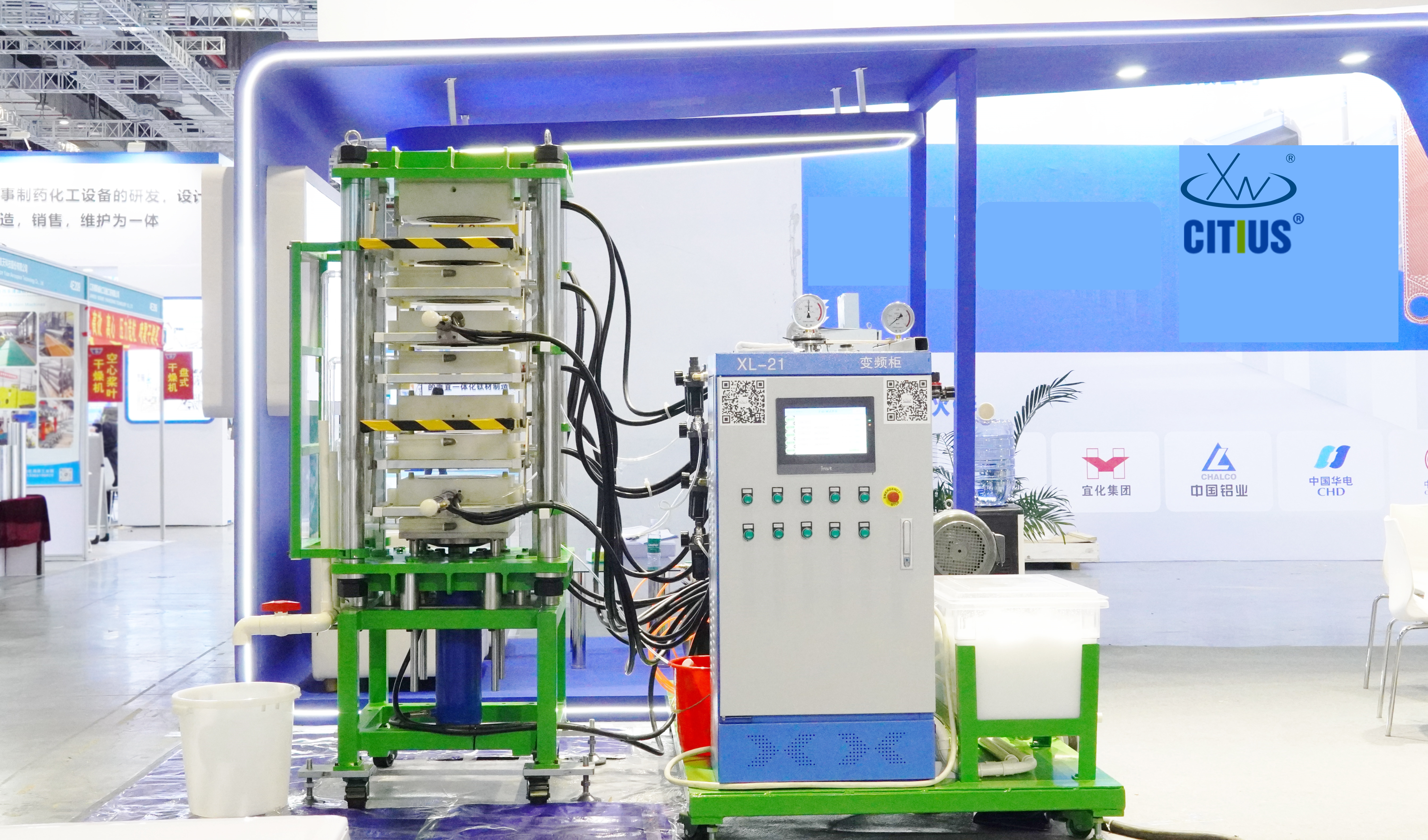Unraveling the Mystery: What Is Woven Filter Fabric??
Release time:
2025-07-05
What Is Woven Filter Fabric??
If you've ever dabbled in industries like filtration, construction, or even agriculture, you might have stumbled upon the term woven filter fabric. But what is woven filter fabric, really? It’s not just a fancy term thrown around in meetings. This versatile material plays a pivotal role in several sectors, especially when it comes to managing and filtering fluids.
The Basics of Woven Filter Fabric
At its core, woven filter fabric is a textile made by interlacing threads to create a permeable fabric. This fabric allows liquids and gases to pass through while capturing solid particles. Think of it as a gatekeeper for all sorts of applications—from industrial processes to environmental solutions.
Why Woven Filter Fabric Matters
Now, you might be wondering, why should you care about woven filter fabric? Well, this material is crucial in maintaining efficiency and safety across various industries. Here are a few reasons:
- Durability: Woven filter fabric is built to last. It's made from robust materials like polyester or polypropylene, which can withstand harsh conditions.
- Versatility: Whether it’s water filtration, air purification, or even food processing, this fabric has got you covered. It’s like the Swiss Army knife of textiles!
- Cost-Effectiveness: Automating processes with woven filter fabric can save time and money. Less downtime means more productivity.
Applications Galore!
Woven filter fabric isn’t just a one-trick pony. Its applications are as varied as they are essential. Here are some notable areas where you’ll find this fabric doing its thing:
1. Water Treatment
In water treatment plants, woven filter fabric is employed to remove impurities and contaminants from water, ensuring that clean water flows to our taps. Without it, we’d be in a bit of a pickle!
2. Industrial Filtration
Industries like food and beverage rely on woven filter fabric to maintain hygiene standards and product quality. It’s a critical component that ensures everything runs smoothly.
3. Construction
In construction, this fabric is often used for soil filtration in drainage systems, helping to prevent clogging and ensuring longevity in structures. Who knew fabric could play such a vital role in building our world?
4. Environmental Applications
Woven filter fabric is also key in environmental applications, such as landfill liners and erosion control. It helps protect our planet—talk about a fabric with a mission!
How Is It Made?
Now, let’s take a step back and look at how this remarkable fabric is created. The weaving process involves intertwining warp and weft threads in specific patterns, which can be tailored to suit various filtration needs. It’s a fascinating blend of art and science!
Choosing the Right Woven Filter Fabric
So, you’re sold on the idea of woven filter fabric. But how do you choose the right one for your needs? Here are a few pointers:
- Pore Size: Consider what type of particles you need to filter out. Smaller pore sizes are ideal for finer filtration.
- Material Type: Different materials have different strengths, so pick one that aligns with your operating conditions.
- Durability: Look for fabrics that can withstand the specific environment in which they’ll be used. A little research goes a long way!
Final Thoughts
In conclusion, woven filter fabric is more than just a textile; it's a linchpin in various industries, ensuring efficiency, safety, and sustainability. Whether you’re in water treatment, construction, or beyond, understanding what woven filter fabric is and how it works can elevate your processes. So, next time you hear the term, you can nod knowingly—because now you know!
Previous article:
The next one:

